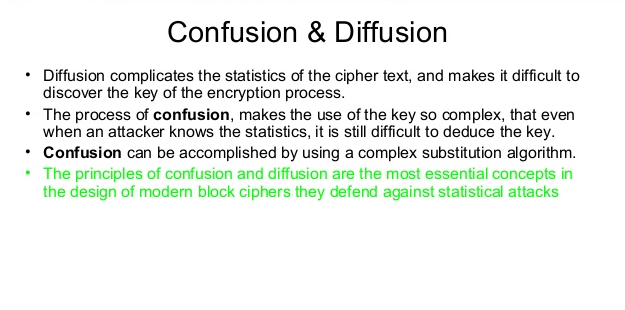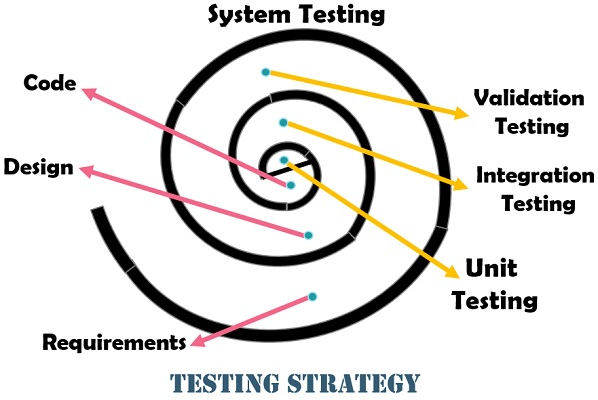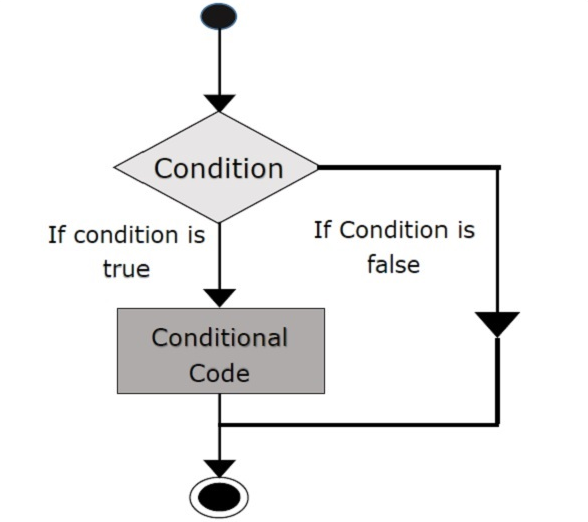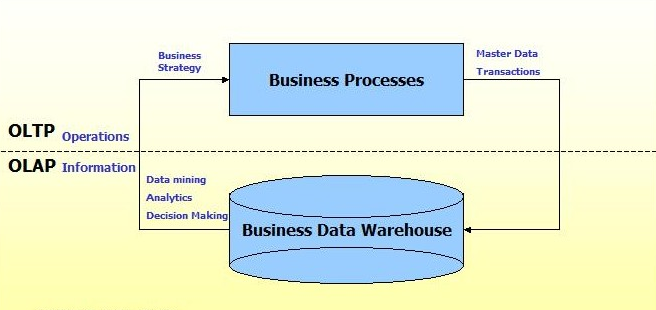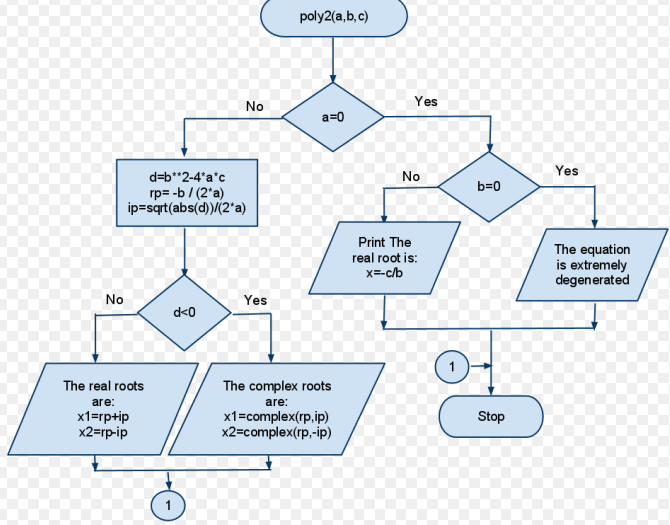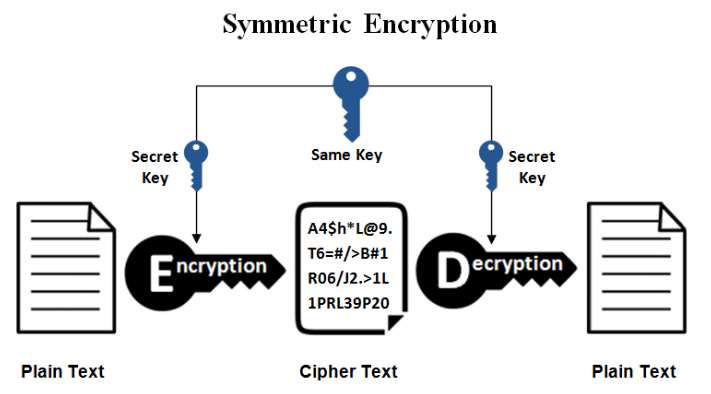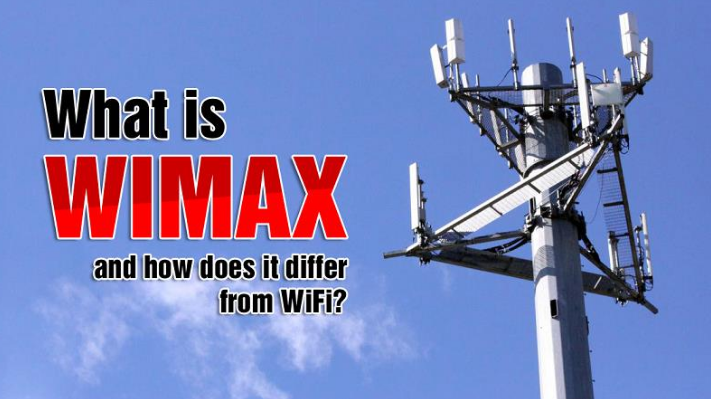7 Difference Between Confusion And Diffusion With Example
In cryptography, confusion and diffusion are two properties of the operation of a secure cipher which were identified by Claude Elwood Shannon in his 1949 paper, Communication Theory Of Secrecy Systems. From that day till today, these two remains to be the guiding principles for the design of cryptographic algorithm. In simple terms, diffusion spreads … Read more
